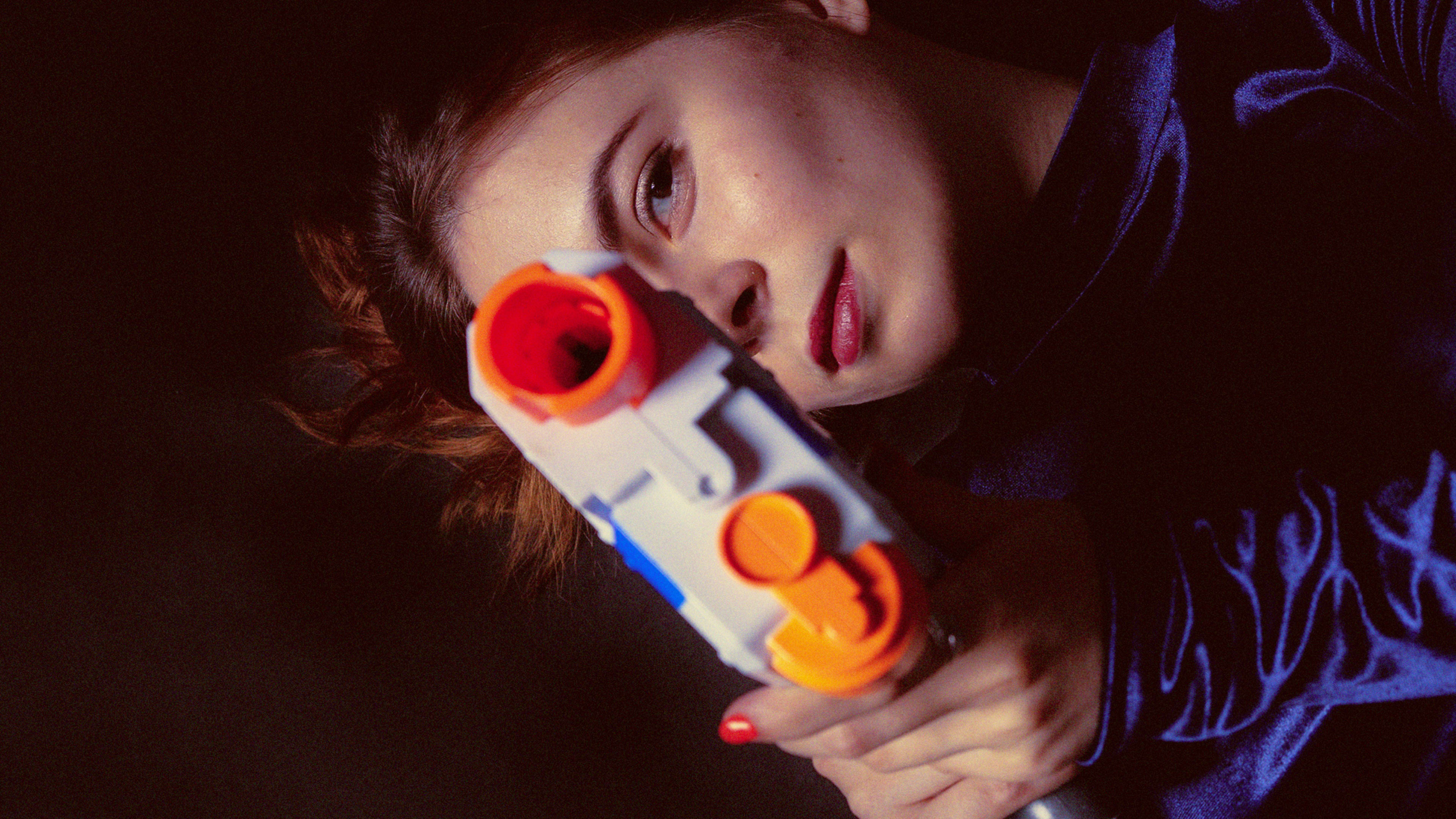Holiday shopping has begun, and the children in your life are trying to stay on the nice, not naughty list. You don’t want to be the one to buy them playthings that can injure them, right?
Boston-based World Against Toys Causing Harm, or W.A.T.C.H. for short, has released its annual list of the 10 “worst toys” of the year.
- Nerf Ultra One: The blaster that fires up to 120 feet has the potential for eye injuries.
- Spike the Fine Motor Hedgehog: Hard plastic removable quills have the potential for ingestion injuries and choking.
- Bunchems Bunch ‘n Build: Plastic, connective pieces may get entangled in hair and may cause choking.
- Yeti: The stuffed animal’s long hair may come out and be ingested or cause aspiration.
- Nickelodeon Frozen Treats Slime: They look like a smoothie, soft-serve ice cream, or a snow cone, but the package warns that they’re not real food and shouldn’t be eaten. The issue becomes possible chemical ingestion and irritation injuries.
- Anstoy Electric Toy Gun: It’s a realistic-looking weapon.
- Diecast School Bus: The rubber tires are removable and could cause choking.
- Flybar Pogo Trick Board: The bouncing toy’s packaging shows only two of the three kids on the package wearing helmets and none with other protective gear. The concern is possible head or impact injuries.
- Power Rangers Electronic Cheetah Claw: It might cause eye or facial injuries.
- Viga Pull-Along Caterpillar: The 24-inch pull cord has the potential for strangulation or entanglement injuries.
An estimated 251,700 toy-related injuries were treated at American hospital emergency departments in 2017, according to U.S. Consumer Product Safety Commission data released last year. The agency also received reports of 13 toy-related deaths among kids younger than 12.
So how does W.A.T.C.H. determine that these toys are the worst? The organization doesn’t conduct tests à la Consumer Reports or collect injury/death reports about certain toys. Rather, director James Swartz says it relies on years of knowledge about industry standards, recalls, and statistics and consults with a local children’s hospital.
“[P]arents and caregivers do not have laboratories for testing toys,” he told Fast Company. “We shop for toys, the same way parents and caregivers do, to survey the marketplace. The 10 Worst List provides examples of types of hazards acknowledged by the industry over decades—small parts, choking hazards, and other examples of hazards as represented by the nominees on the list.”
Not everyone is convinced, though: The toy industry says W.A.T.C.H. is deceiving people who make purchases for kids.
“Each year, W.A.T.C.H.’s dangerous toys list needlessly frightens parents and caregivers,” the trade group Toy Association said in a statement. “By law, all toys sold in the United States must meet 100+ rigorous safety tests and standards. On the other hand, W.A.T.C.H. does not test the toys in its report to check their safety; their allegations appear to be based on their misrepresentation or misunderstanding of the mandatory toy standards.”
Among W.A.T.C.H.’s toy-shopping tips are be aware of recalled toys when buying online or secondhand, and do research before buying toys over the internet, because product descriptions might not include warnings.
Recognize your brand’s excellence by applying to this year’s Brands That Matter Awards before the early-rate deadline, May 3.
